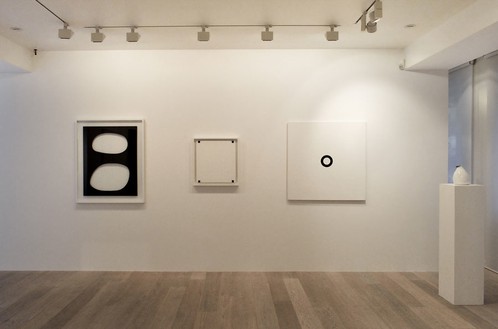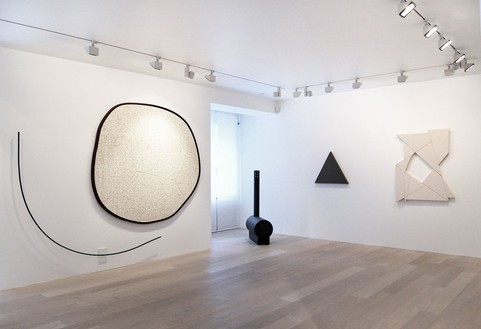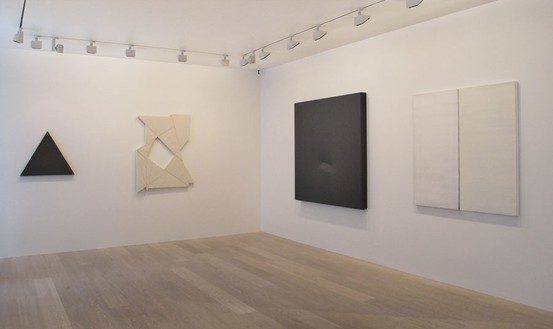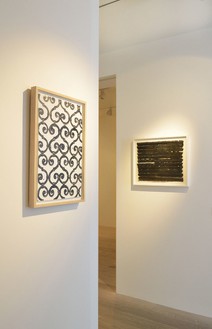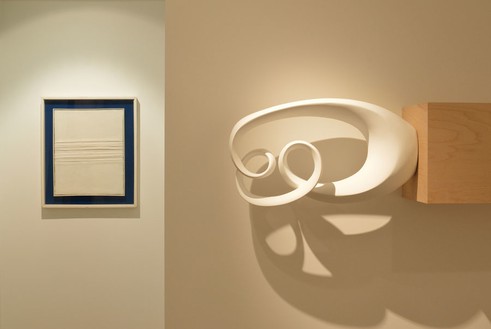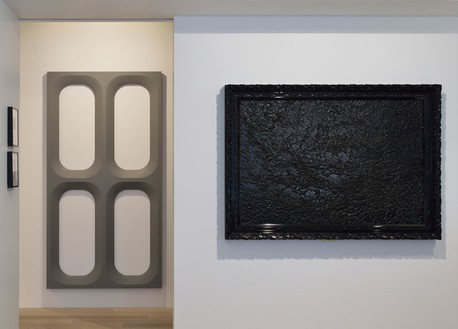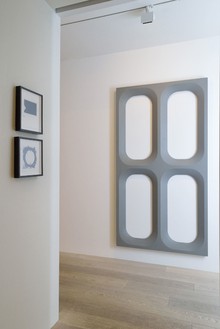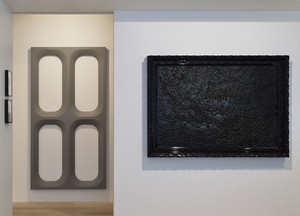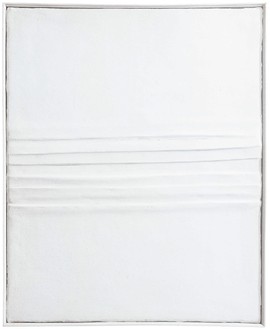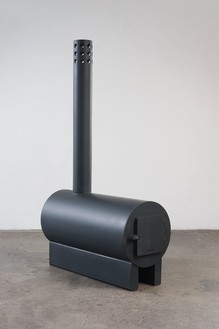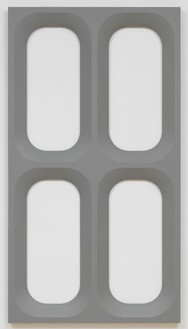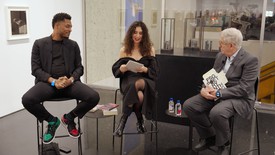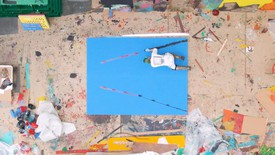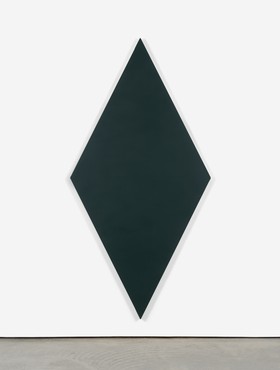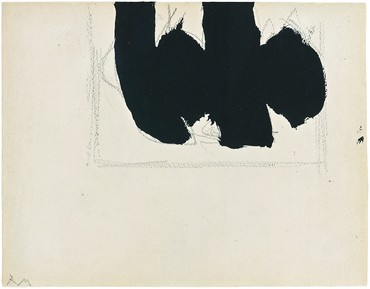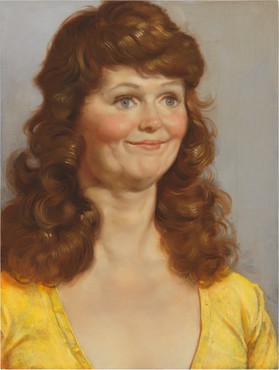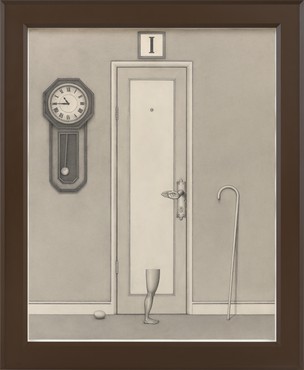About
Chromophobia manifests itself in the many and varied attempts to purge color from culture, to devalue color, to diminish its significance, to deny its complexity.
—David Batchelor
Gagosian Geneva is pleased to present the group exhibition Chromophobia, inspired by the writings of artist David Batchelor and featuring works by Davide Balula, Alan Charlton, Dadamaino, Edmund de Waal, Piero Golia, Loris Gréaud, Callum Innes, Wyatt Kahn, Piero Manzoni, Olivier Mosset, Steven Parrino, Sterling Ruby, Robert Ryman, Richard Serra, Turi Simeti, David Smith, Blair Thurman, Rachel Whiteread, and Christopher Wool.
In his book Chromophobia (2000), Batchelor identifies a widespread suppression of color in Western art and culture, investigating how and why artists, architects, and authors might reject color as a principal strategy or in specific works. Taking his diagnosis as a curatorial conceit, the exhibition brings together paintings, sculptures, and works on paper in which artists eschew color, thus emphasizing form, process, and medium.
Some artists employ black and white to represent illusionary voids and negative space or, conversely, real physicality. In Volume (1959), a black canvas with holes by Milanese painter Dadamaino, the gallery wall is engaged as a compositional element; in Achrome (1958), Piero Manzoni covered the canvas with rough gesso mixed with glue and kaolin, then draped it over a support where it sagged and creased as it dried. Richard Serra’s Slow Weight (1993), a black rectangle described in thick oil stick on paper, asserts a palpable olfactory and sculptural presence in space.
La Chromophobie se manifeste dans les tentatives nombreuses et variées d’éliminer la couleur dans la culture, de dévaluer la couleur, de diminuer son importance, de nier sa complexité.
—David Batchelor
Gagosian Genève est heureuse de présenter l’exposition Chromophobia, qui s’inspire des écrits de l’artiste David Batchelor et qui rassemble des œuvres de Davide Balula, Alan Charlton, Dadamaino, Edmund de Waal, Piero Golia, Loris Gréaud, Callum Innes, Wyatt Kahn, Piero Manzoni, Olivier Mosset, Steven Parrino, Sterling Ruby, Robert Ryman, Richard Serra, Turi Simeti, David Smith, Blair Thurman, Rachel Whiteread, et Christopher Wool.
Dans son livre Chromophobia (2000), Batchelor identifie une suppression généralisée de la couleur dans l’art et la culture occidentale, examinant comment et pourquoi les artistes, architectes, et auteurs peuvent rejeter la couleur, en tant que stratégie principale ou dans des œuvres spécifiques. Adoptant son diagnostic comme concept curatorial, l’exposition rassemble des peintures, sculptures, et œuvres sur papier dans lesquelles les artistes éliminent la couleur pour mettre en valeur la forme, le processus, et le matériau.
Certains artistes emploient le noir et le blanc pour représenter des vides illusoires et des espaces en négatif ou, à l’inverse, une réalité physique. Avec Volume (1959), une toile noire percée de trous par l’artiste milanais Dadamaino, le mur de la galerie s’inscrit comme un élément de composition; dans Achrome (1958), Piero Manzoni a recouvert la toile de gesso mélangé avec de la colle et du kaolin, puis l’a drapée sur un support où elle s’est affaissée et plissée au fur et à mesure qu’elle séchait. Slow Weight (1993), par Richard Serra, un rectangle noir réalisé avec un bâton à l’huile épais sur papier, revendique une présence sculpturale et olfactive palpable dans l’espace.
Apportant une véritable sensibilité punk à l’histoire de l’abstraction, dès le début des années 70, Steven Parrino commença à bouleverser le traditionnel rectangle noir en le perforant ou en le tordant, ou utilisant de la peinture noire issue de l’industrie automobile. Dans des œuvres créées spécifiquement pour cette exposition, Blair Thurman interroge de la même manière les limites de la surface peinte en combinant de la peinture et des néons, alors que Davide Balula utilise des produits chimiques industriels, permettant à des résidus organiques fortuits de se déposer. Dans sa sculpture Coloring the Wi-Fi (2015), Balula rend la couleur immatérielle, en la transformant en ondes radios pouvant être capturées digitalement.
Les représentations en négatif d’espaces de Rachel Whiteread prennent souvent la forme de sculptures en résine délicatement colorées, mais dans une rare céramique de 2000–01, elle joue sur la relation entre l’intérieur et l’extérieur, par un fort contraste entre noir et blanc. Edmund De Waal engage l’espace autour et entre ses pots faits main de différentes manières, en réutilisant le matériau traditionnel dans des suites minimalistes installées dans des cabinets monochromes noirs ou blancs. Le Stove (2013) noir de Sterling Ruby, pleinement fonctionnel, commémore le cœur de son enfance et sa maison dans la Pennsylvanie rurale.
En citant la volonté de Frank Stella de «garder la peinture aussi belle qu’elle l’est dans le pot», Batchelor décrit le déploiement généralisé des peintures industrielles et domestiques pendant les années 1960 comme la prédiction d’un changement sismique dans la peinture—notamment le désir sans précédent de certains artistes d’éviter toute trace de la main. A la fin des années 1980, Christopher Wool commença à utiliser des pochoirs et de nouveaux rouleaux à peinture pour appliquer des blocs de texte et des motifs décoratifs recouvrant complètement du papier, de la toile, et des panneaux d’aluminium peints en blancs. Entre 1966 et 1974, Olivier Mosset produisit plus de deux cents œuvres identiques représentant un cercle noir peint au centre d’une toile blanche, démontrant sa quête permanente de l’ambivalence comme pureté formelle—une attitude parfaitement illustrée plus tardivement avec Untitled (2010), une imposante toile vierge recouverte de polyuréthane blanc.
Les œuvres présentées dans cette exposition ne sont pas passivement sans couleur; elles emploient plutôt délibérément les caractéristiques de nouveauté, d’absolu, de néant, et d’infini conférées par le noir et le blanc.
to light, and then return—: A Night of Poetry with Edmund de Waal, Elisa Gonzalez, Terrance Hayes, and Sally Mann
Gagosian presented an evening of poetry inside to light, and then return—, an exhibition of new works by Edmund de Waal and Sally Mann, inspired by each other’s practices, at Gagosian, New York. In this video—taking the artists’ shared love of poetry, fragments, and metamorphosis as a point of departure—poets Elisa Gonzalez and Terrance Hayes read a selection of their recent works that resonate with the themes of elegy and historical reckoning in the show. The evening was moderated by Jonathan Galassi, chairman and executive editor at Farrar, Straus & Giroux.

Rachel Whiteread: … And the Animals Were Sold
An installation by Rachel Whiteread in the Palazzo della Ragione, Bergamo, Italy, commissioned by Galleria d’Arte Moderna e Contemporanea di Bergamo and cocurated by Lorenzo Giusti and Sara Fumagalli, opened in June of 2023 and ran into the fall. Conceived in relation to the city, the architecture of the site, and the history of the region, it comprised sixty sculptures made with local types of stone. Fumagalli writes on the exhibition and architect Luca Cipelletti speaks with Whiteread.
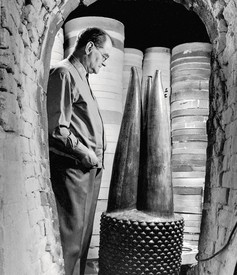
Axel Salto: Playing with Fire
On the occasion of the forthcoming exhibition Playing with Fire: Edmund de Waal and Axel Salto, Edmund de Waal composed a series of reflections on the Danish ceramicist Axel Salto and his own practice.
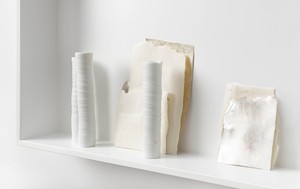
to light, and then return—Edmund de Waal and Sally Mann
This fall, artists and friends Edmund de Waal and Sally Mann will exhibit new works together in New York. Inspired by their shared love of poetry, fragments, and metamorphosis, the works included will form a dialogue between their respective practices. Here they meet to speak about the origins and developments of the project.
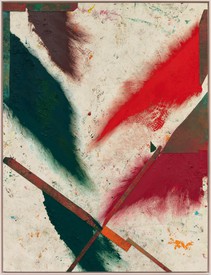
Sterling Ruby: The Frenetic Beat
Ester Coen meditates on the dynamism of Sterling Ruby’s recent projects, tracing parallels between these works and the histories of Futurism, Constructivism, and the avant-garde.
Sterling Ruby: TURBINES
Join Sterling Ruby in his Los Angeles studio as he works on new abstract paintings ahead of his exhibition TURBINES at Gagosian in New York.

